Cooker Hood: Essential Guide to Choosing, Installing, and Maintaining the Perfect Kitchen Companion

What is Cooker Hood? The Ultimate Guide to Cooker Hood
Nowadays, cooker hood often overlooked but essential components of modern kitchens, especially for open kitchen. It plays a role in maintaining a clean and odor-free cooking environment.
Whether you're whipping up a quick meal (Maggi Mee Goreng) or indulging in a gourmet feast (Western food, Chinese food, Korean food etc), a cooker hood can always ensures your kitchen remains free from smoke, grease, and unwanted odors.
Thie article will bring you through everything about the cooker hood. From understanding their purpose to selecting the right model, ensuring proper installation, and maintaining it for years to come.
1. Introduction to Cooker Hoods
Purpose of a Cooker Hood
Cooker Hood has many other similar names like Range Hood, Kitchen Hood, Vent Hood, Kitchen Hood, or Exhausted Hood.
It is an essential kitchen appliance designed to remove airborne grease, combustion products, fumes, smoke, odors, heat, and steam from the air by evacuation of the air and filtration.
It's positioned above the gas hob, and the function is to pull the air through filters that trap grease and other particles, then either venting the filtered air outside or recirculating it back into the kitchen.
Importance of Cooker Hood in Modern Kitchens
Nowdays, many kitchens is with a open-plan designs are prevalent, especially those apaartment kitchen.
Cooker Hood can prevent greasy buildup on kitchen surfaces, reduce the risk of fire by eliminating flammable particles, and improve the overall aesthetics of the kitchen space.
2. Types of Cooker Hood
Wall-Mounted Cooker Hood
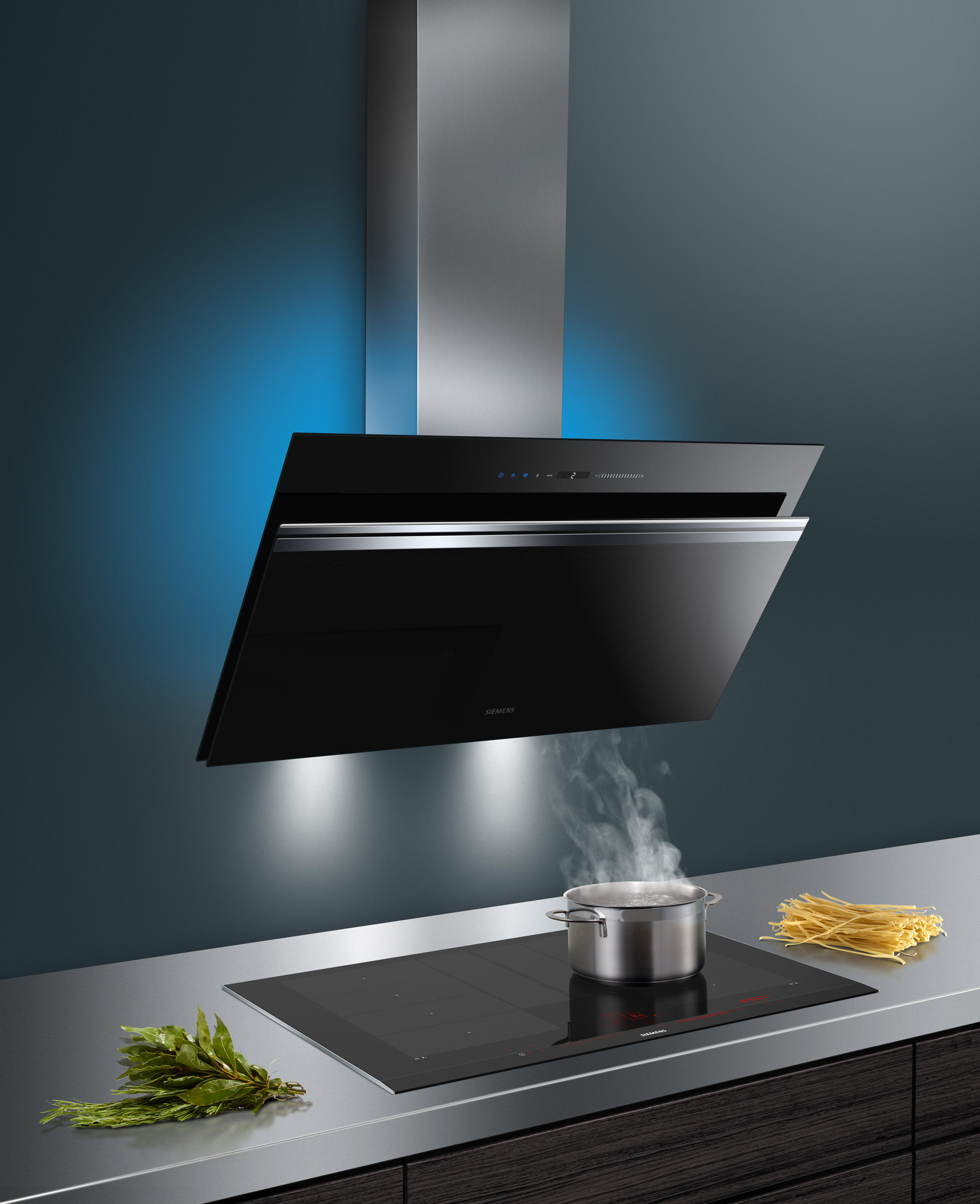
Wall-mounted cooker hoods are installed directly on the wall above the cooking area. Basically, this is one of the most common types of cooker hood. Their prominent placement makes them a focal point in kitchen design, and contribute to the overall style of the space.
Click Here to Browse More Wall-Mounted Cooker Hood
Island Cooker Hood
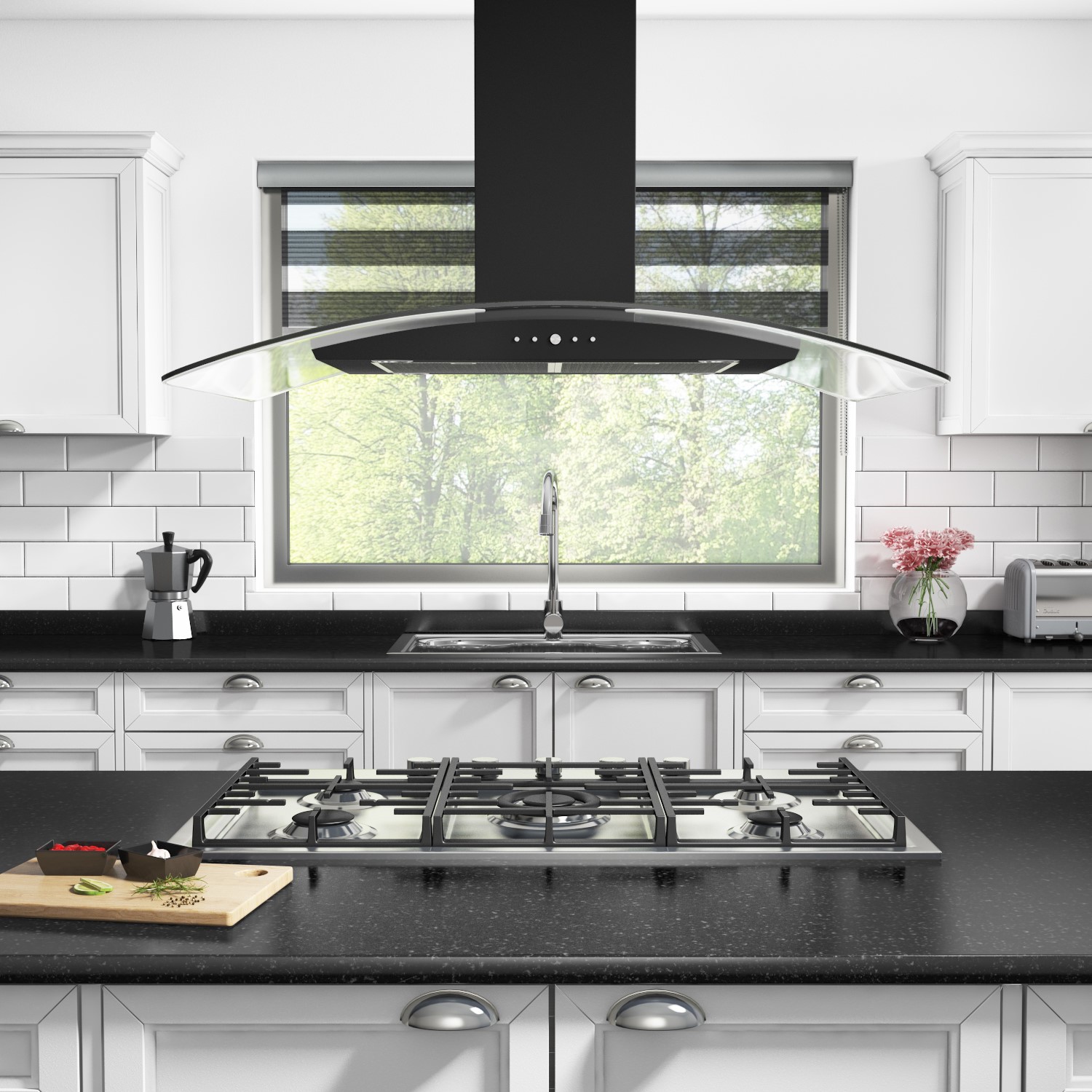
Island cooker hoods are suspended from the ceiling, which is ideal for kitchens with a central cooking island. These hoods are often more stylish and larger than wall-mounted versions, as they need to cover a broader cooking surface. They serve both a functional purpose and a decorative one, making a bold statement in any kitchen.
Click Here to Browse Some Island Cooker Hood
Or If you need advice, please contact us: +6012 - 413 7101
Under-Cabinet Cooker Hood
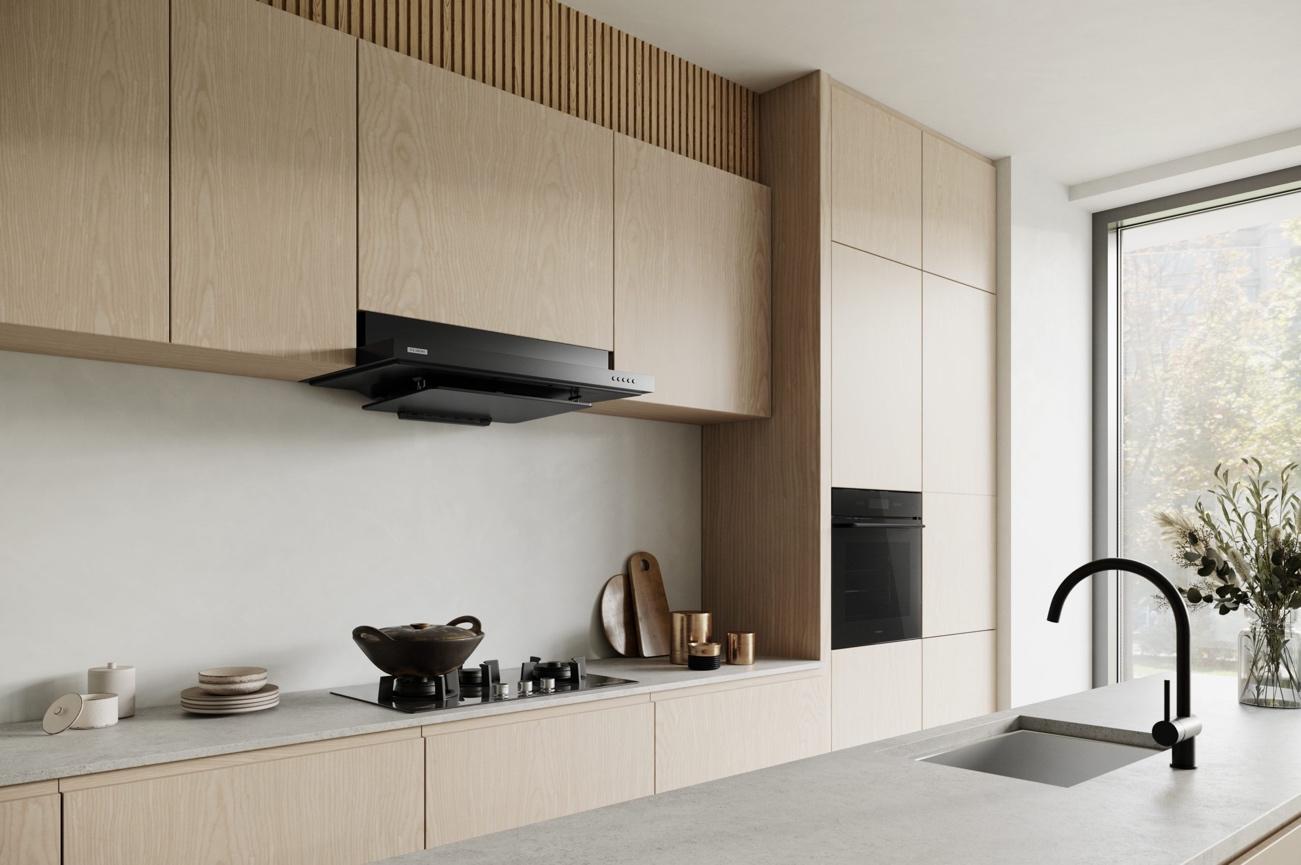
Under-cabinet cooker hoods are installed beneath kitchen cabinets, making them a good choice for kitchens with limited space. They are compact yet efficient, often blending seamlessly into the kitchen’s existing cabinetry. This type of hood is ideal for smaller kitchens or those looking to maintain a streamlined look
Click Here to Browse Under-Cabiner Cooker Hood
Integrated Cooker Hood
Integrated cooker hoods are built into the cabinetry above the cooktop, often hidden behind a cupboard door. They are perfect for those who want a discreet kitchen design without compromising on the functionality of a cooker hood. These hoods are ideal for minimalist kitchens where clean lines are essential.
3. Key Features of Cooker Hood
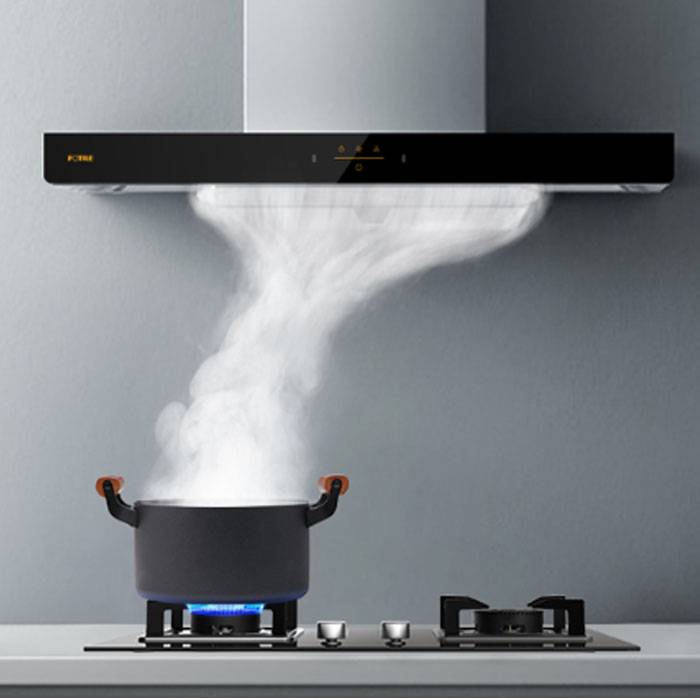
Filtration Systems (Charcoal and Metal Grease Filters)
Cooker hoods utilize different types of filters depending on their design and functionality. Metal grease filters trap airborne grease and can be easily removed and cleaned. Charcoal filters, used in recirculating hoods, absorb odors and should be replaced regularly to maintain efficiency. The effectiveness of a cooker hood largely depends on the quality and maintenance of these filters.
Extraction Rates
The extraction rate, measured in cubic meters per hour (m³/h), indicates how quickly the hood can clear the air of smoke and odors. A higher extraction rate is crucial for larger kitchens or for those who cook frequently. The ideal extraction rate should be at least 10 times the volume of the kitchen for optimal performance.
Noise Levels
Noise is a significant factor to consider when choosing a cooker hood. Measured in decibels (dB), the noise level can vary significantly between models. While powerful hoods tend to be noisier, advancements in technology have led to quieter models that do not sacrifice performance. A noise level below 60 dB is generally considered acceptable for most households.
Lighting Options
Most cooker hoods are equipped with integrated lighting to illuminate the cooking area. LED lights are the most common, offering bright, energy-efficient illumination. Some high-end models also offer adjustable lighting intensity or even ambient lighting to enhance the kitchen’s ambiance.
4. How Cooker Hood Work
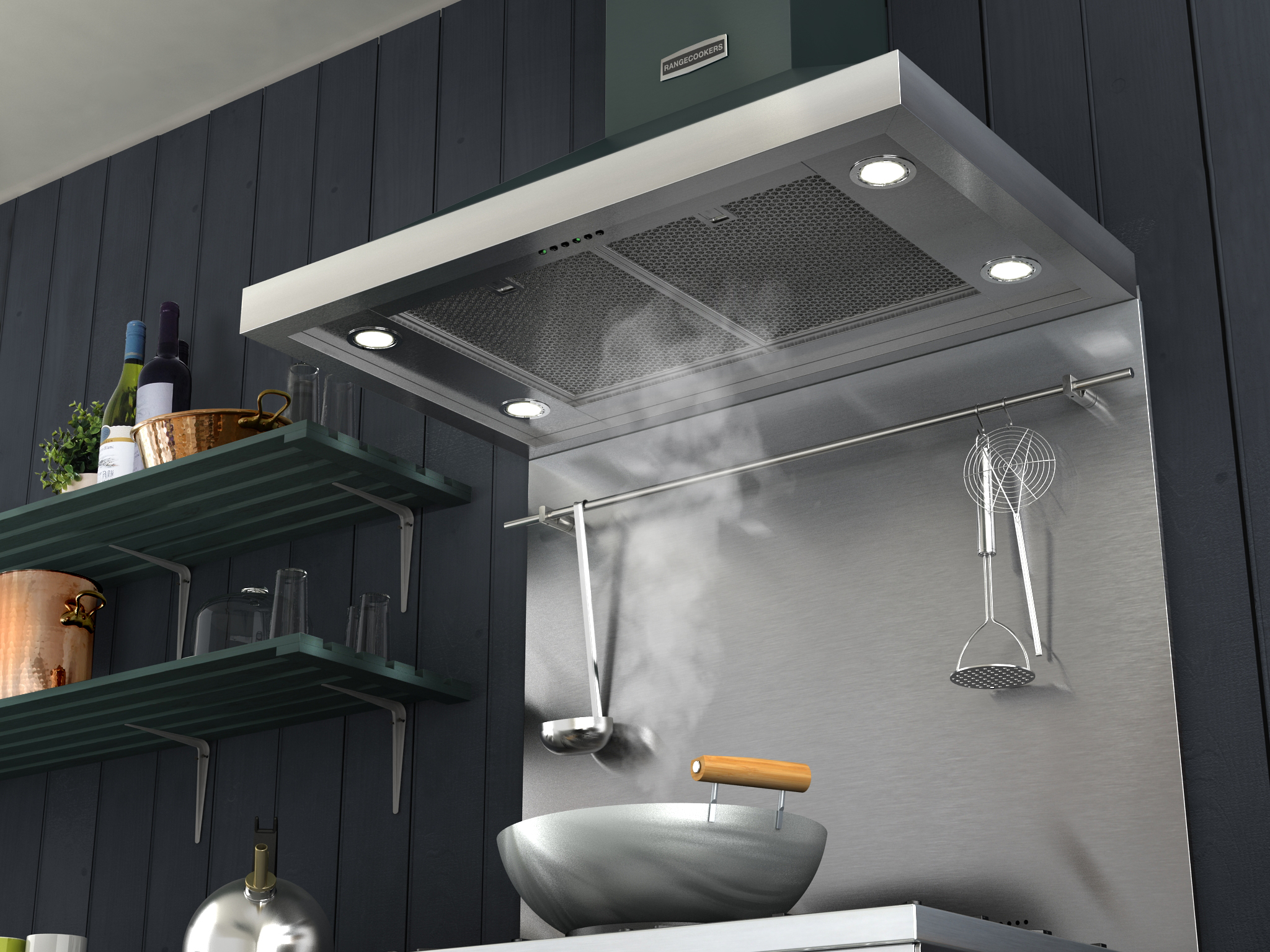
Extraction vs. Recirculation Systems
Cooker hoods operate using either an extraction or recirculation system. Extraction hoods vent air outside through ductwork, removing smoke, steam, and odors entirely from the kitchen. In contrast, recirculation hoods filter the air before returning it to the kitchen. While extraction systems are generally more effective, recirculation hoods are easier to install and are suitable for kitchens where external venting is not feasible.
The Process of Air Filtration
In a cooker hood, air is drawn up through the filters—metal filters capture grease, while charcoal filters absorb odors. In extraction hoods, the filtered air is then expelled outside, whereas in recirculating hoods, it is pushed back into the kitchen. The effectiveness of this process depends on the quality of the filters and the power of the fan.
Venting Requirements
For extraction hoods, proper venting is crucial to ensure efficiency. The ducting should be as short and straight as possible to reduce resistance and maintain airflow. In some cases, additional components like backdraft dampers may be required to prevent outside air from entering the kitchen through the ductwork. Compliance with local building codes is also essential when installing ducted cooker hoods.
5. Benefits of Installing a Cooker Hood
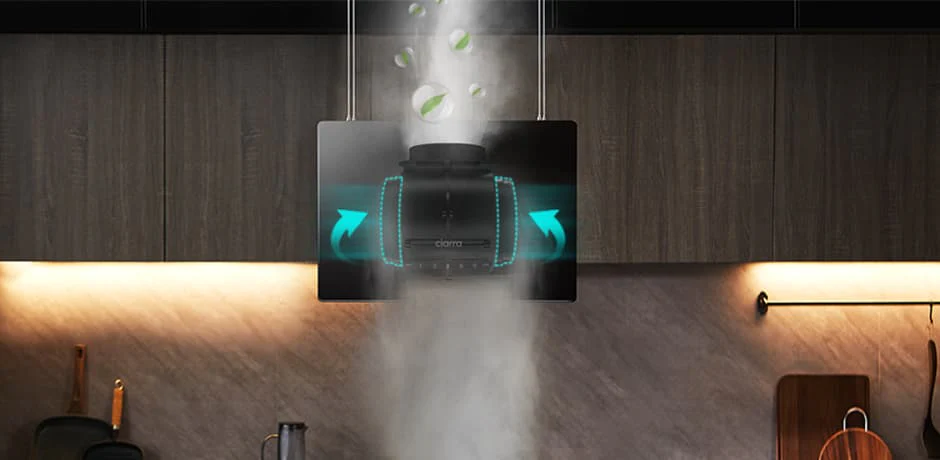
Improved Air Quality
One of the primary benefits of a cooker hood is its ability to significantly improve air quality in the kitchen. By removing smoke, steam, and airborne particles, a cooker hood helps to create a healthier cooking environment. This is particularly important in open-plan homes where kitchen odors can easily spread to other areas.
Removal of Odors and Grease
Cooker hoods are highly effective at eliminating cooking odors and preventing greasy residues from settling on kitchen surfaces. This not only keeps the kitchen smelling fresh but also reduces the time and effort required for cleaning.
Enhancing Kitchen Aesthetics
A well-chosen cooker hood can enhance the overall look of the kitchen, acting as a stylish focal point. With a wide range of designs available, from sleek stainless steel to custom finishes, a cooker hood can complement any kitchen decor.
Increasing Property Value
Installing a high-quality cooker hood can increase the value of your home. Potential buyers often view a well-equipped kitchen as a major selling point, and a stylish, efficient cooker hood can add to the appeal. It’s a small investment that can pay off in the long term.
6. Choosing the Right Cooker Hood

Factors to Consider: Kitchen Layout, Cooking Habits, Budget
When selecting a cooker hood, it’s important to consider the layout of your kitchen, your cooking habits, and your budget. For instance, a large family that cooks frequently might need a powerful island hood, while a single person with a compact kitchen might opt for a small, under-cabinet model. Budget will also play a role in determining whether you choose a basic model or a high-end, feature-rich hood.
Size and Power Requirements
The size of the cooker hood should match the size of your cooktop. As a general rule, the hood should be at least as wide as the cooktop to effectively capture all the smoke and steam. The power of the hood, measured by its extraction rate, should also be sufficient for the volume of air in your kitchen. A kitchen with a higher ceiling or larger space will require a more powerful hood.
Style and Design Preferences
Cooker hoods come in a variety of styles, from minimalist and hidden to bold and industrial. When choosing a hood, consider how it will fit with your kitchen’s overall design. Stainless steel is a popular choice for modern kitchens, while glass and custom finishes can offer a more personalized touch. The design should not only be aesthetically pleasing but also functional and easy to clean.
If you have no idea what cooker hood to choose, please contact us: 012 - 413 7101
We will give you proper advice and suggestion on how to choose the cooker hood
7. Installation of Cooker Hood

We do provide Kitchen Appliances Installation Services to the customer
Professional vs. DIY Installation
Installing a cooker hood can be a straightforward DIY project, especially for under-cabinet or recirculating models. However, for more complex installations, such as wall-mounted or island hoods with external venting, professional installation is recommended. This ensures that the hood is properly secured, vented, and complies with all safety standards.
Necessary Tools and Materials
For a DIY installation, you will need basic tools such as a drill, screwdriver, level, measuring tape, and potentially a jigsaw if cutting into cabinetry is required. Other materials may include screws, wall anchors, ducting for vented hoods, and a power source if the hood is hardwired. Always follow the manufacturer’s instructions and ensure that the power is turned off before beginning installation.
Step-by-Step Installation Guide
- Measure and Mark: Determine the correct height for your hood based on the manufacturer's guidelines. Mark the position on the wall or under the cabinet.
- Prepare the Area: If you’re installing a vented hood, cut the hole for the ductwork. Ensure that the duct is as straight as possible for optimal airflow.
- Install the Brackets: Attach the mounting brackets to the wall or cabinet. These will support the weight of the hood.
- Secure the Hood: Lift the hood into position and secure it to the brackets. Ensure that it is level and securely fastened.
- Connect the Ductwork: For vented hoods, connect the ducting to the hood and secure it with duct tape or clamps.
- Electrical Connections: Connect the hood to the power source, either by plugging it in or hardwiring it, depending on the model.
- Test the Hood: Turn on the hood to ensure it is functioning correctly, including the fan and lights.
Common Installation Mistakes
Some common mistakes during installation include positioning the hood too high or too low, using incorrect ducting materials, or failing to properly secure the unit. These errors can affect the hood’s performance and safety. Always double-check measurements and installation steps, and consult a professional if you’re unsure.
8. Maintenance and Care

Cleaning Grease Filters
Grease filters should be cleaned regularly to ensure efficient operation. Metal filters can typically be washed in warm, soapy water or even in the dishwasher, while charcoal filters need to be replaced as recommended by the manufacturer. Regular cleaning prevents grease buildup, which can reduce the hood's effectiveness and pose a fire hazard.
Replacing Charcoal Filters
For recirculating hoods, charcoal filters are essential for odor absorption. These filters cannot be cleaned and should be replaced every 3-6 months, depending on usage. Always use the correct filters specified for your model to maintain optimal performance.
Regular Inspections and Maintenance Tips
Regularly inspect your cooker hood for signs of wear and tear, such as loose components, diminished airflow, or unusual noises. Keep the exterior of the hood clean to prevent grease buildup and maintain the finish. For vented hoods, inspect the ductwork periodically to ensure it is free of obstructions.
Extending the Lifespan of Your Hood
Proper maintenance can extend the lifespan of your cooker hood. Regularly clean filters, check for and address any issues promptly, and use the hood according to the manufacturer’s guidelines. Additionally, avoid overloading the hood by using it at the correct fan speed for your cooking needs.
9. Energy Efficiency of Cooker Hood
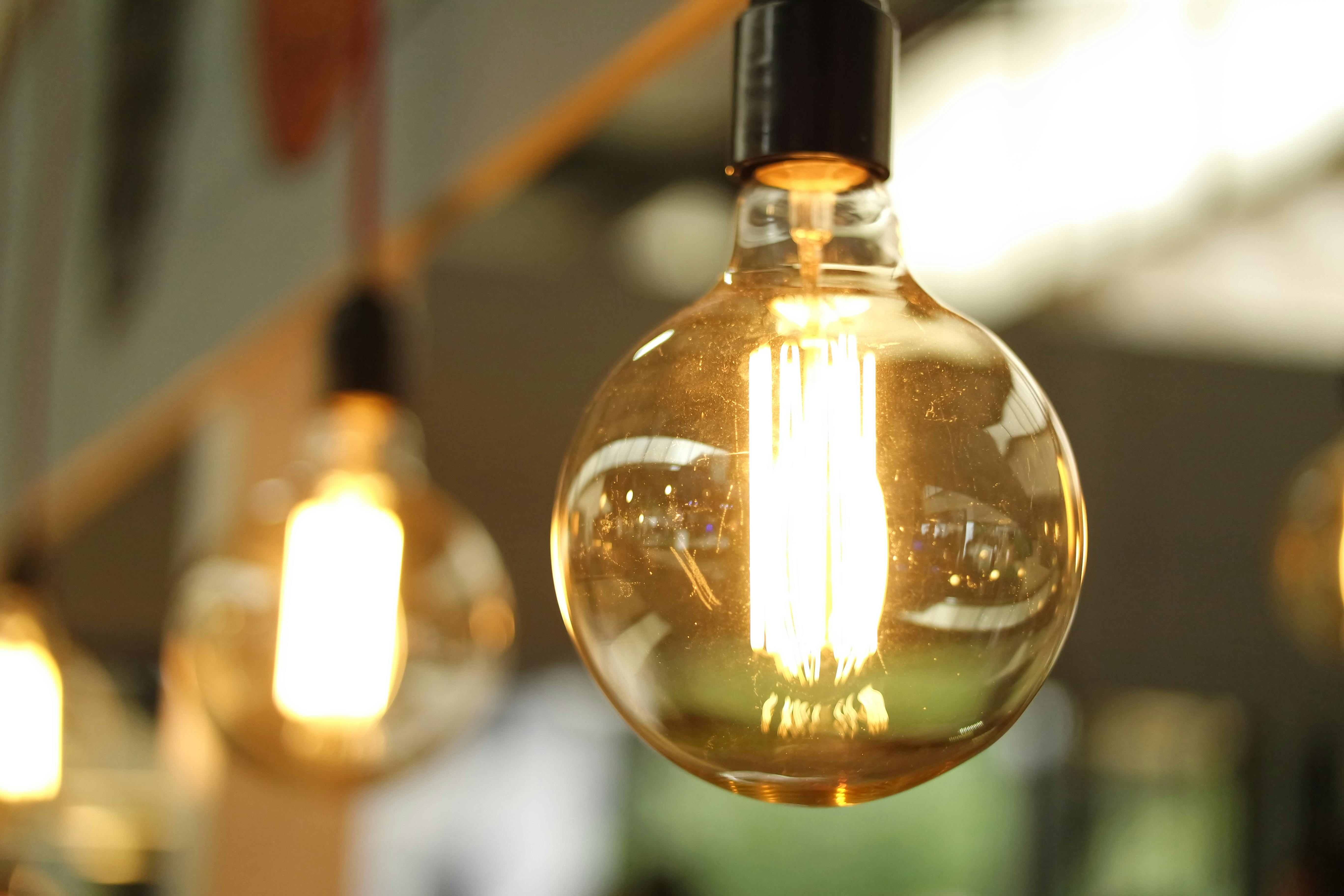
Understanding Energy Ratings
Energy efficiency is an important consideration when choosing a cooker hood. Most models are rated on an A++ to G scale, with A++ being the most energy-efficient. An energy-efficient cooker hood will consume less electricity, reducing your household energy costs.
Tips for Reducing Energy Consumption
To minimize energy consumption, use your cooker hood on the lowest effective setting, and switch it off when it’s no longer needed. Ensure that the hood’s filters are clean to allow it to operate more efficiently. LED lights are more energy-efficient than traditional bulbs, so opt for models with LED lighting.
Eco-Friendly Cooker Hood Options
For those looking to minimize their environmental impact, there are eco-friendly cooker hoods available. These models typically use less energy, feature recyclable materials, and have a longer lifespan. Some even include features like energy-saving standby modes or intelligent sensors that adjust the fan speed based on the level of smoke or steam detected.
10. Cooker Hood for Different Kitchen Styles
Modern Kitchens
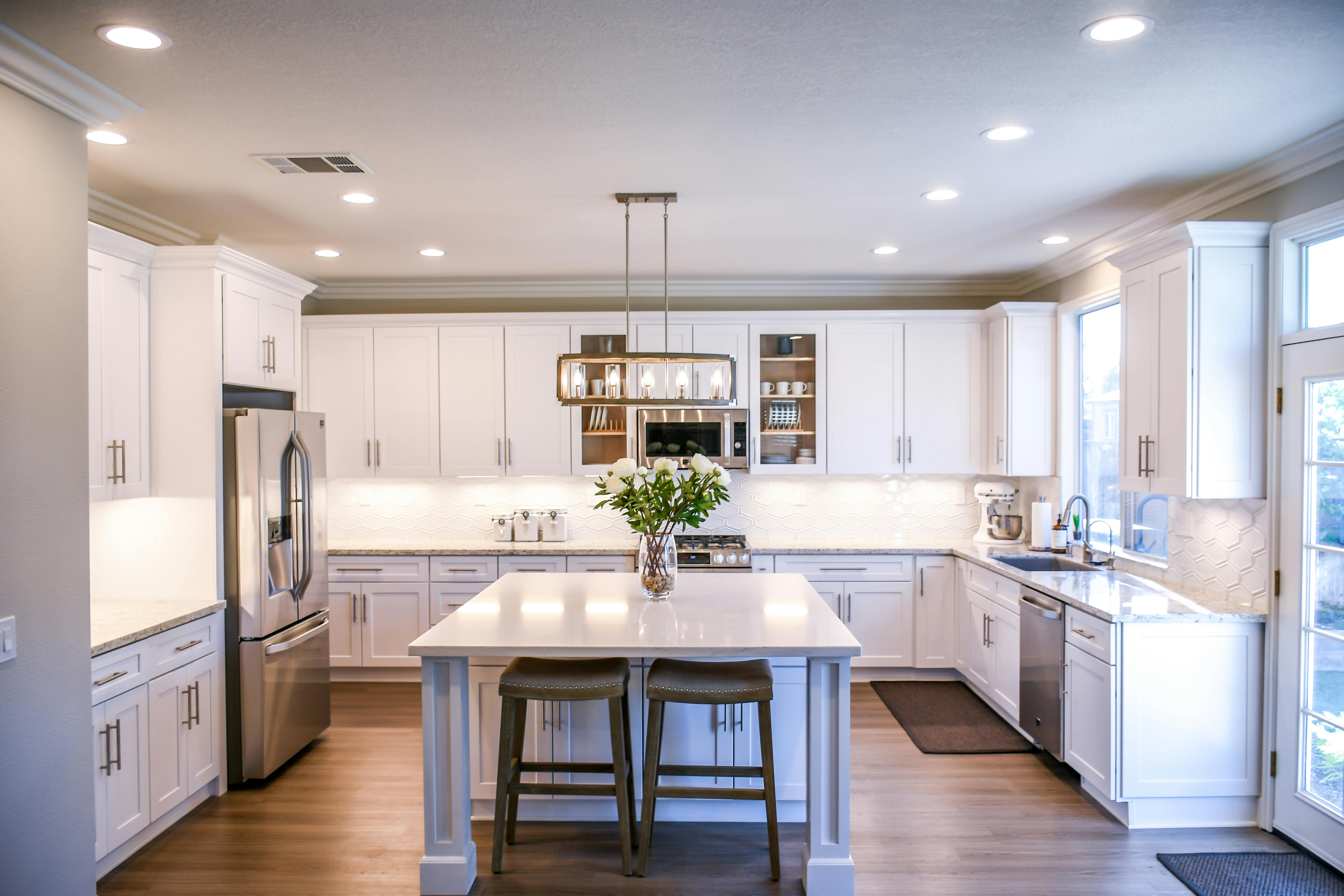
In modern kitchens, sleek, minimalist cooker hoods with stainless steel or glass finishes are popular. These hoods often feature clean lines, touch controls, and integrated lighting that complements the contemporary aesthetic. The focus is on both form and function, ensuring that the hood enhances the kitchen’s overall look.
Traditional Kitchens

For traditional kitchens, cooker hoods with classic designs, such as chimney or canopy styles, are ideal. These hoods often feature ornate detailing and finishes like brushed copper or antique brass that complement traditional cabinetry and fixtures. Despite their classic appearance, these hoods can still offer modern functionality and performance.
Minimalist Kitchens
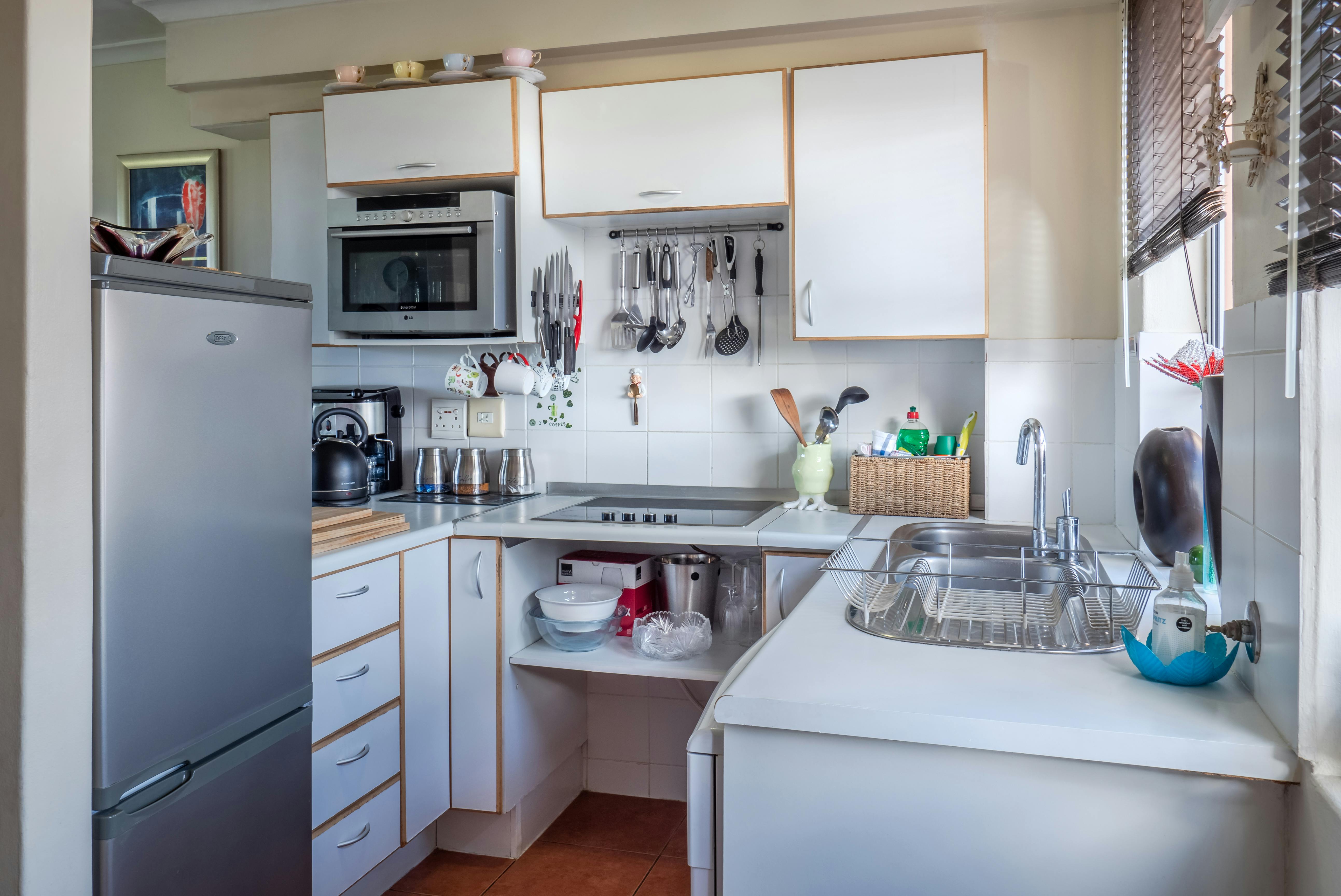
Minimalist kitchens benefit from integrated or downdraft cooker hoods that maintain the clean, uncluttered look typical of this style. These hoods are often concealed within cabinetry or countertops, making them nearly invisible when not in use. The focus is on simplicity and seamless integration with the rest of the kitchen design.
Industrial Kitchens
In industrial-style kitchens, bold, exposed cooker hoods made from raw materials like stainless steel or black metal are a popular choice. These hoods often feature a rugged, utilitarian design that complements the industrial aesthetic, with visible ductwork adding to the overall look. They are typically powerful and robust, reflecting the functional nature of industrial design.
11. Top Brands and Models of Cooker Hood
Overview of Leading Brands
Several brands stand out in the cooker hood market, known for their quality, design, and performance.
Read this article to discover more: 10 Best Cooker Hood in Malaysia 2024
12. Common Problems and Troubleshooting
Cooker Hood Not Extracting Properly
If your cooker hood is not effectively extracting air, it could be due to clogged filters, blocked ductwork, or a malfunctioning fan. Start by cleaning or replacing the filters, then check the ducting for any obstructions. If the problem persists, it may be necessary to replace the fan motor.
Excessive Noise
Excessive noise can be caused by loose components, clogged filters, or worn-out fan motors. Ensure all parts are securely fastened, clean the filters, and if necessary, replace the fan motor. In some cases, adding soundproofing materials to the ductwork can also help reduce noise levels.
Lights Not Working
If the lights on your cooker hood are not working, it could be due to a blown bulb, faulty wiring, or a malfunctioning switch. First, replace the bulb with a compatible one. If the problem persists, inspect the wiring for any visible damage or loose connections. If you’re not comfortable with electrical repairs, it’s best to consult a professional.
Troubleshooting Steps
When troubleshooting your cooker hood, always start with the simplest solutions, such as cleaning or replacing filters and checking connections. If the issue is more complex, consult the user manual or contact the manufacturer for support. Regular maintenance can prevent many common problems, ensuring your cooker hood remains in good working order.
13. Upgrading Your Cooker Hood
When to Replace Your Cooker Hood
A cooker hood should be replaced if it is no longer performing effectively, is outdated, or if parts are difficult to find. Typically, a hood can last 10-15 years with proper maintenance, but advancements in technology may prompt an upgrade sooner.
Benefits of Upgrading
Upgrading your cooker hood can offer several benefits, including improved extraction power, quieter operation, better energy efficiency, and a more modern design. Newer models may also offer additional features like smart controls, automatic sensors, and more efficient LED lighting.
New Technologies in Cooker Hoods
The latest cooker hoods come with advanced technologies that enhance functionality and user experience. Features like automatic fan speed adjustment based on smoke and heat levels, Wi-Fi connectivity for remote control, and energy-efficient motors are becoming increasingly common. These innovations not only improve performance but also contribute to a smarter, more convenient kitchen.
Smart Cooker Hoods
Smart cooker hoods are at the forefront of kitchen technology, allowing users to control and monitor the hood via smartphone apps or voice commands. These hoods can be integrated into smart home systems, offering features like automatic activation when cooking starts and energy-saving modes that adjust power based on the kitchen’s needs.
14. Frequently Asked Questions (FAQs)

How often should I clean my cooker hood?
You should clean the grease filters on your cooker hood every 2-4 weeks, depending on how often you cook. Charcoal filters should be replaced every 3-6 months for recirculating hoods.
What is the best type of cooker hood for a small kitchen?
For small kitchens, under-cabinet or integrated cooker hoods are ideal due to their compact size and efficient use of space. These hoods offer effective ventilation without overwhelming the kitchen layout.
Can I install a cooker hood myself?
Yes, many cooker hoods can be installed as a DIY project, especially recirculating or under-cabinet models. However, for more complex installations, such as vented or island hoods, professional installation is recommended.
How do I reduce the noise of my cooker hood?
To reduce noise, ensure that the hood is properly installed and that all components are secure. Clean the filters regularly to prevent obstructions that can cause the fan to work harder and make more noise. Consider investing in a hood with a quieter motor or sound-dampening features.
What’s the difference between ducted and ductless cooker hoods?
Ducted cooker hoods expel air outside through a duct, providing better ventilation by removing air contaminants from the kitchen. Ductless (recirculating) hoods filter the air and then recirculate it back into the kitchen. Ducted hoods are generally more effective, but ductless hoods are easier to install.
How long do cooker hoods typically last?
With proper care and maintenance, a cooker hood can last 10-15 years. However, the lifespan may vary depending on the model, usage, and maintenance practices.
15. Conclusion
In conclusion, a cooker hood is an essential appliance for maintaining a clean and comfortable kitchen environment. From improving air quality to enhancing kitchen aesthetics, the benefits of installing a cooker hood are numerous. By choosing the right model, ensuring proper installation, and maintaining it regularly, you can enjoy a healthier, more pleasant cooking experience for years to come. Whether you're upgrading an old hood or installing one for the first time, understanding the different types, features, and maintenance requirements will help you make an informed decision that suits your kitchen's needs.
Sep 02,2024
